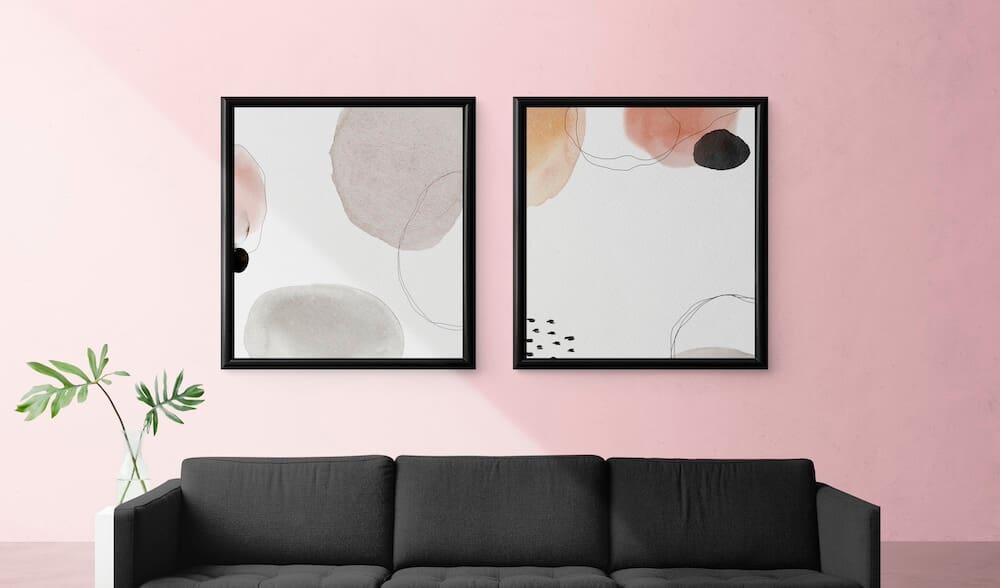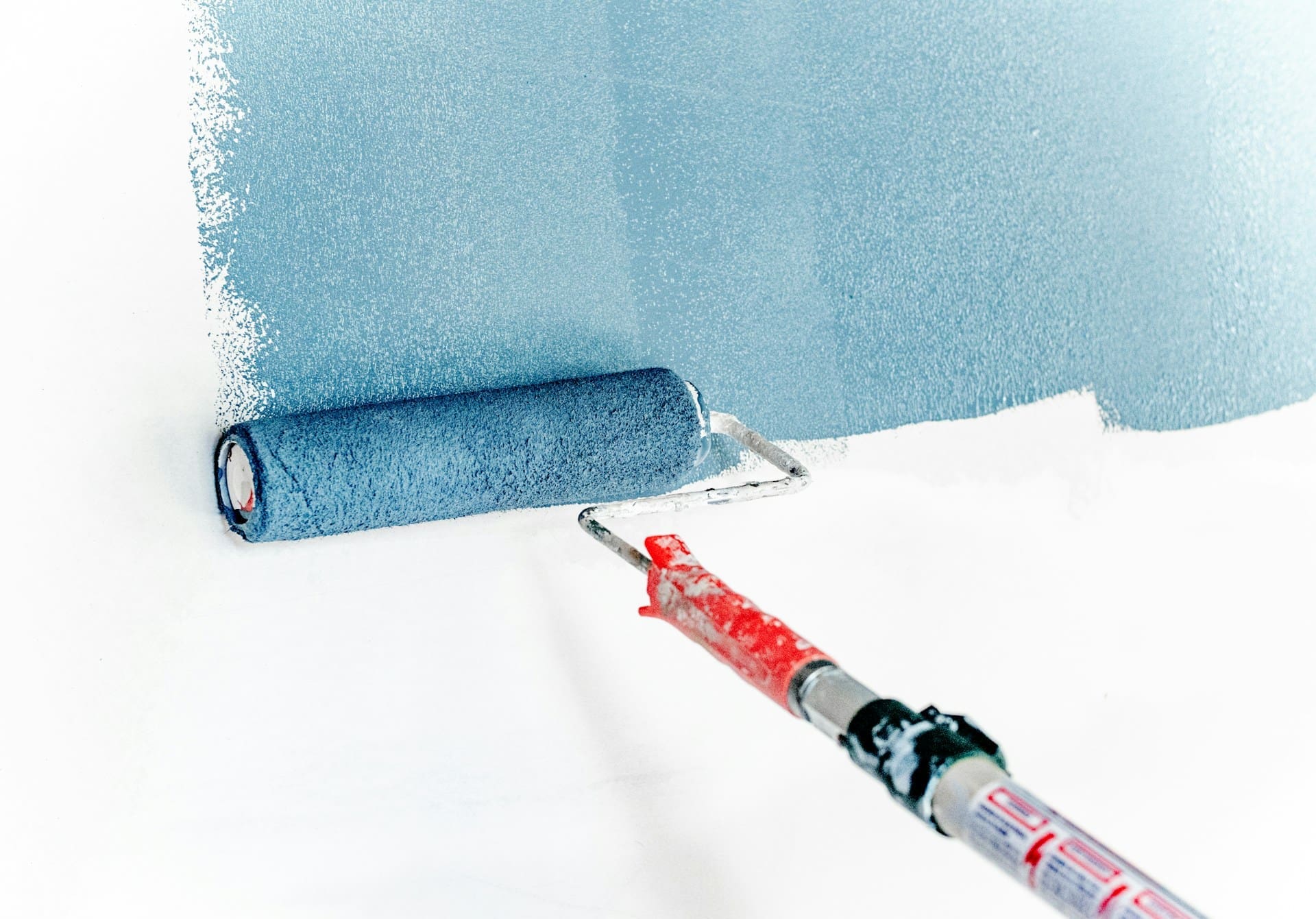Choosing the Best Colors: A Quick Guide to Interior Painting

The significance of color selection in interior painting goes beyond aesthetics—it’s about creating the perfect ambiance and setting the mood for each room. Colors have the remarkable power to evoke emotions, influence perceptions, and transform spaces.
In this blog, we’ll discuss color theory, how to create harmony and flow, and many more. Whether you’re looking to create a sanctuary or an inspiring workspace, this guide will tell you everything you need to know about interior painting, helping you make the space of your dreams.
Understanding Color Theory
Colors are like the notes in a melody, creating a symphony of design. Primary colors – red, blue, and yellow – form the foundation.
Mix them to create secondary colors like green and orange while combining primary with secondary yields tertiary shades. Meanwhile, warm colors, like fiery reds and oranges, bring energy, while cool colors, such as calming blues and greens, induce relaxation.
Exploring color schemes like monochromatic (variations of one hue), complementary (opposites on the color wheel), analogous (adjacent colors), and triadic (equally spaced) opens a world of design possibilities that resonate emotionally.
Assess Your Space and Needs
Consider your room’s story before deciding on a paint color and style. Think about its purpose – is it a peaceful resting place or a lively gathering spot? Generally, daylight plays a considerable role in shaping colors throughout the day. So, you should assess existing furniture and decor like a curator – which hues will go well with your interior?
Explore Color Families
Colors have personalities, and each family has its character. The neutrals – versatile grays and beiges – fit into modern or classic styles. If you’re feeling bold, vibrant shades like electric blues and sunny yellows make powerful statements. On the other hand, pastels give soothing vibes to serene rooms, while muted tones deliver peaceful panoramas.
Create Harmony and Flow
Interior design is a conversation; colors are its words. So, carry the dialogue between rooms by using consistent shades. Architectural details can be enhanced with suitable color palettes. Generally, keeping a united palette lets colors harmonize, creating a more unified vibe throughout your home.
Dealing with Color Conflicts
Colors can sometimes conflict, but they can also combine. When your decor disagrees with your vision, consider it a compromise. The art of color-blocking can turn walls into unique canvases. So, when your paint color conflicts, use visual illusions to bridge the gap.
Use Accent Colors to Enhance Design
Accent colors are the exclamation marks of design. An accent wall or ceiling is a bold proclamation of style. Accessories and furniture, from cushions to coffee tables, can bring colorful vibes into your space. The trick is finding balance like a maestro composing a symphony.
Consider the Finish
Colors aren’t the only brushstrokes; texture matters too. Different finishes create visual landscapes. Matte paints give off elegance, while glossy paints provide vibrancy. Think about the room’s personality: kitchens may prefer easy-to-clean satin, while bedrooms can be covered with velvety matte.
Hire Professionals for Complex Projects
Sometimes, a masterpiece needs a skilled hand. Complex projects like intricate murals or textured designs require a professional painter. Generally, professional painters are experienced and trained in turning your painting ideas into reality. Hiring professionals shouldn’t be overlooked since they can guarantee the best results for your painting project.
Choosing the Best Colors is a Breeze!
Choosing colors can be daunting, but with the proper knowledge, it’s a piece of cake. However, seasoned professionals are ready to bring your vision to life when in doubt. So, don’t hesitate to contact Pro-Vision Painting if you want to give your interior paint a makeover! Give us a call today at (904) 528-1471 for a free estimate.








Leave a Reply